Top 10 Leading Healthcare Risk Adjustment Software to Watch in 2025

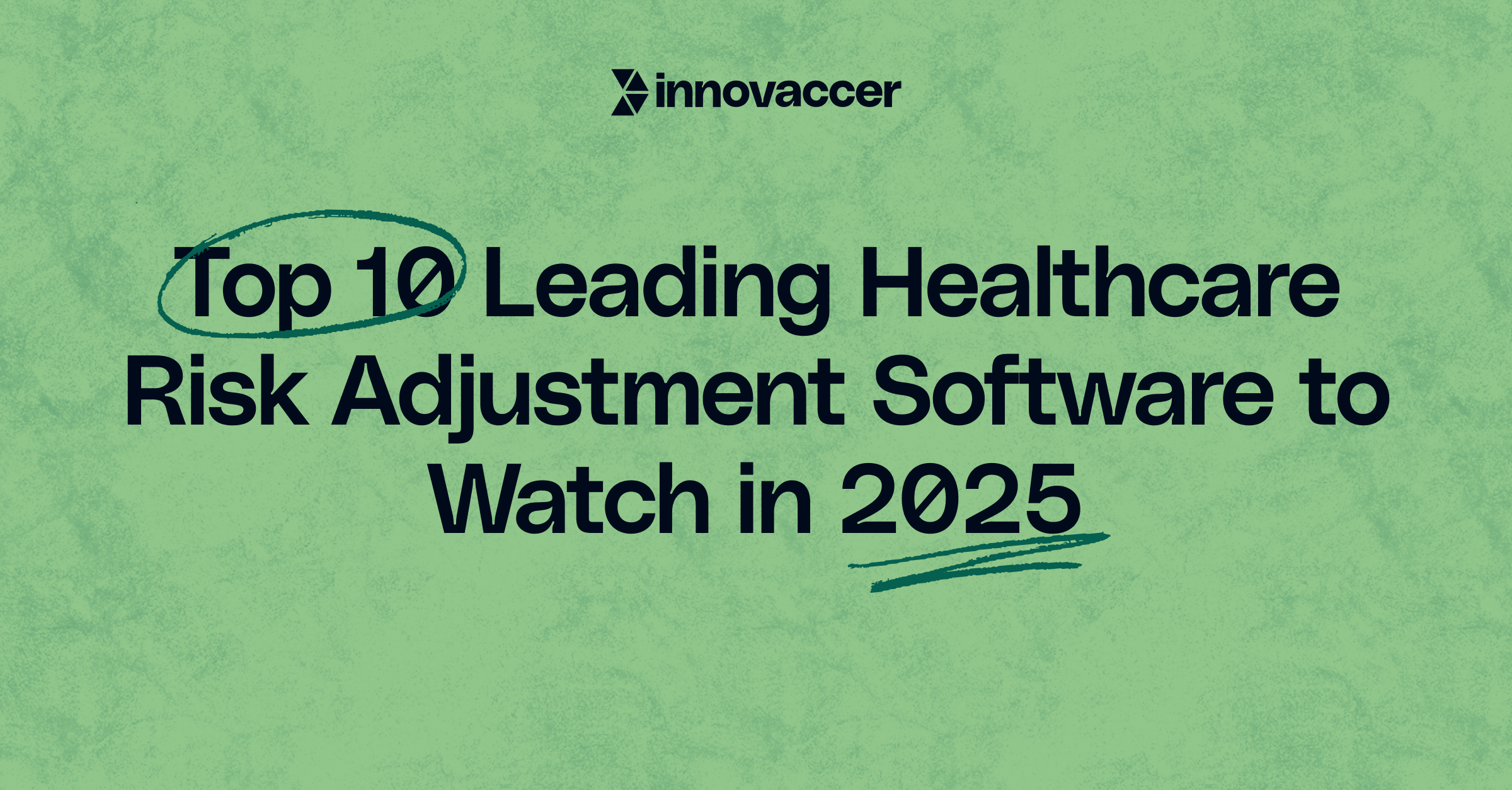
Risk adjustment is a method that helps identify a person's health status with a code or number, which is then identified as a risk score. This code is then further evaluated to predict healthcare costs, and based on the risk score, care providers decide what kind of care should be facilitated to the patient. The “risk” to a health plan insuring members with expected high healthcare use is “adjusted” by also insuring members with anticipated lower healthcare costs.
Risk adjustment came as a response to the fee-for-service (FFS) payment model, where the payers used to pay the providers based on the services they performed for a patient. In this method, the insurance companies only get their payment reimbursed based on the value of the service they have provided or based on the needs of members and their diagnoses conducted.
What is Risk Adjustment Software?
Risk adjustment software is the tool used to analyze and predict patient data, and based on those predictions, risk score calculations are performed.
Traditional healthcare systems relied on manual workflows, which usually tend to be rigorous and time-consuming, which often lead to physician burnout. This traditional method usually forced care managers and the risk teams to indulge in the cycle of “Chat-chasing” to identify the risk and capture the evidence and the quality of data, which often resulted in decreased efficiency, high cost, and low performance.
Thus, cloud-based and integrated risk adjustment software comes as a response to these traditional and time-consuming solutions and reporting structures.
This software helps providers to identify and document suspected diagnoses at the point of care. These software can thus provide real-time data and can help in increasing transparency and closing risk gaps. This thus leads to higher reimbursement rates and better patient care.
Benefits of Risk Adjustment Software
The main purpose of risk adjustment software is to:
- Analyze patient data to identify and document health conditions that affect risk scores and reimbursement calculations, particularly for Medicare Advantage and other value-based care programs
- Risk Adjustment software helps ensure complete and accurate diagnosis coding by suggesting potential missing codes based on medical records, lab results, medications, and other clinical data
- Track hierarchical condition categories (HCCs) which are used to predict healthcare costs and adjust payments based on patient health status
- Healthcare risk adjustment assists with compliance by documenting the evidence supporting each diagnosis code and flagging potential coding issues
Benefits
Risk adjustment software's EHR integration is crucial for accurate cost predictions, requiring access to diverse data types (inpatient, pharmacy, SDoH) at the point of care.
While evaluating the options for the software, there are a few essential features that should be kept in consideration:
- Selection of solutions with powerful integration capabilities that can effectively help in processing the data from multiple sources, ensuring exact risk assessment.
- The system should efficiently identify patients at risk, which can help providers to optimize care.
- The selection of an accurate payment system is crucial, as the scoring capabilities directly impact payment systems, affecting both financial sustainability and care quality.
- The solution offers a standardized approach for comparing support groups, providers, and time periods which supports confident benchmarking and healthcare planning.
- The software evolves with the organization, adapting to changing populations, and meeting regulatory requirements.
Discover How Healthcare Organizations Improves Resource Use and Value with Accurate Patient Risk Assignment: Read the case study
Key considerations for choosing Risk Adjustment Vendors.
- Seamless integration with EHR/claims systems using predictive analytics, which is considered to be the next big step in healthcare and different NLP for real-time risk scoring and timely interventions
- Alignment with regulatory requirements (CMS/HHS) with AI-powered coding accuracy, strong audit documentation, and HIPAA-compliant security features.
- Multiple risk models that help in a scalable architecture, demonstrable ROI, and proven implementation success across different segments such as Medicare/Medicaid/Commercials.
- Comprehensive prescriptive and predictive analytics dashboards with capabilities that can help track and monitor, risk coding accuracy and financial outcomes.
Top 10 risk adjustment software platforms.
Innovaccer:
Innovaccer has been the game changer in risk adjustment and healthcare data management, emerging as a force that has been transformative and has been crucial in the transition phase of how healthcare organizations handle their risk adjustment processes. With Innovaccer’s AI assistant organization has seen a significant 70% improvement in coding accuracy and a gross benefit of $27 Million, which is clearly helping them achieve the “best platform for risk adjustment solutions. “Innovaccer’s approach goes beyond the traditional methods of viewing the patient's care journey, this is done by priortizing and making the healthcare experience both efficient and accurate.
Innovaccer’s Platform’s success in risk adjustment is driven by three strategic advances:
Healthcare AI Platform
Every Innovaccer application is powered by Innovaccer's Healthcare AI Platform which unifies patient data across systems and care settings and empowers healthcare organizations with scalable, modern applications that improve clinical, financial, operational, and experiential outcomes.
Patient 360
Helps provide a 360-degree view profile of patients that is created on top of the Innovaccer Healthcare AI Platform that gives a unified single view of patients, along with appointment details, clinical history, medication history, etc.
Why do Innovaccer’s risk adjustment solutions stand out in the market?
- The solutions help in performing continuous retrospective analysis to capture missed and suspected codes
- It helps to unify data for accurate risk stratification
- It helps in analyzing real-time data and capturing codes to identify and close care gaps
- Provides a data analytics dashboard to track the performance and identify opportunities for optimization
Try Innovaccer’s Risk Adjustment Solution Now
Book a demo to learn how we can enhance efficiency, improve risk assessment, and optimize health plans.
3M Health Information Systems
Particularly known for its advanced data analytics and AI-driven tools, 3M’s risk adjustment solutions support both retrospective and prospective risk adjustment. Their main focus is on improving coding accuracy, reducing irregularities, and scaling financial outcomes.
Reveleer
It specializes in retrospective risk adjustment with tools like the Evidence Validation Engine(EVM) while focusing on breaking data silos that help in creating longitudinal views of patient care. The platform helps to integrate generative AI and workflow automation to enhance Hierarchical Condition Category (HCC), coding accuracy, and streamlining RADV audits.
Optum Risk Adjustment Solutions
And, here we meet one of the major players in this space, Optum care and technology. The platform leverages AI and extensive data analytics to capture and scan patient's conditions comprehensively. The solutions emphasize compliance, RAF accuracy, and documentation quality.
Cotiviti
Offers a comprehensive approach to risk adjustment through advanced analytics and data management. Their software integrates with health plans to enhance provider engagement and improve RAF scores while ensuring audit readiness.
Persivia
This platform incorporates AI and machine learning to predict future risks and improve documentation quality. It also integrates with other healthcare systems for seamless care coordination and compliance.
Apixio
Known for its AI-powered analytics, Apixio’s software focuses on unstructured data extraction and analysis for accurate HCC coding and RAF score optimization. It supports both Medicare and ACA risk adjustment programs.
Edifecs
Offers risk adjustment tools that streamline data submission processes for health plans. Their software ensures compliance with CMS regulations and supports real-time risk score analysis.
Inovalon
Features cloud-based solutions that integrate real-time analytics and compliance checks. Their platform is particularly suited for large-scale health plan management.
Health Fidelity
It focuses on NLP-driven risk adjustment and provides tools for retrospective and prospective coding. Their technology emphasizes identifying and closing gaps in documentation efficiently.
Final thoughts on selecting the best risk adjustment software
The future of healthcare analytics is poised for transformative advancements. With the introduction of artificial intelligence, machine learning, and big data integration, healthcare analytics is expected to advance. As healthcare organizations increasingly use predictive analytics, personalized treatment plans will become more common. This will enhance patient outcomes and help them make informed decisions on treatments. Real-time data access will enable informed decision-making, while operations among systems will improve care coordination. Additionally, telemedicine and wearable technology advancements will generate vast amounts of data. This is expected to allow healthcare providers to identify trends and optimize operations, leading to a more efficient, patient-centered healthcare system.
Unlock Better Health Plans and Cost Control
Book a customized demo to learn how we can enhance efficiency, improve risk assessment, and optimize health plans.

.png)




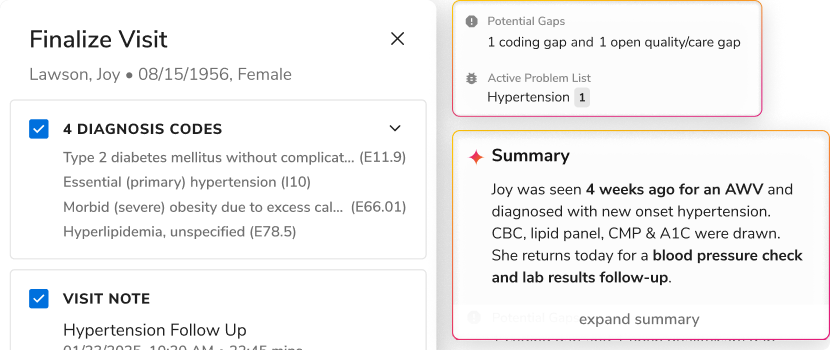
.png)

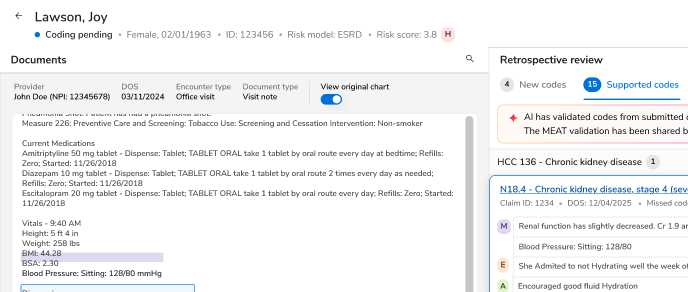
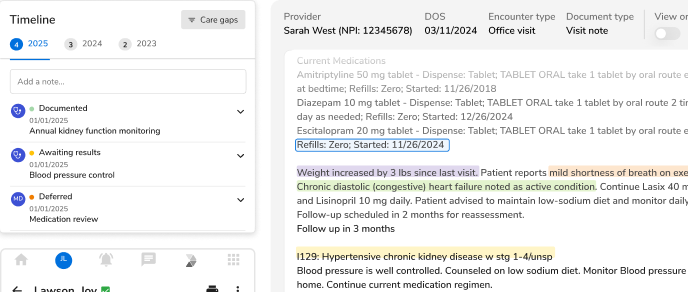
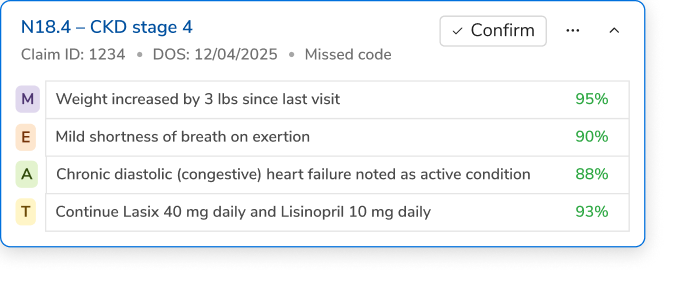





.svg)
.svg)

.svg)

